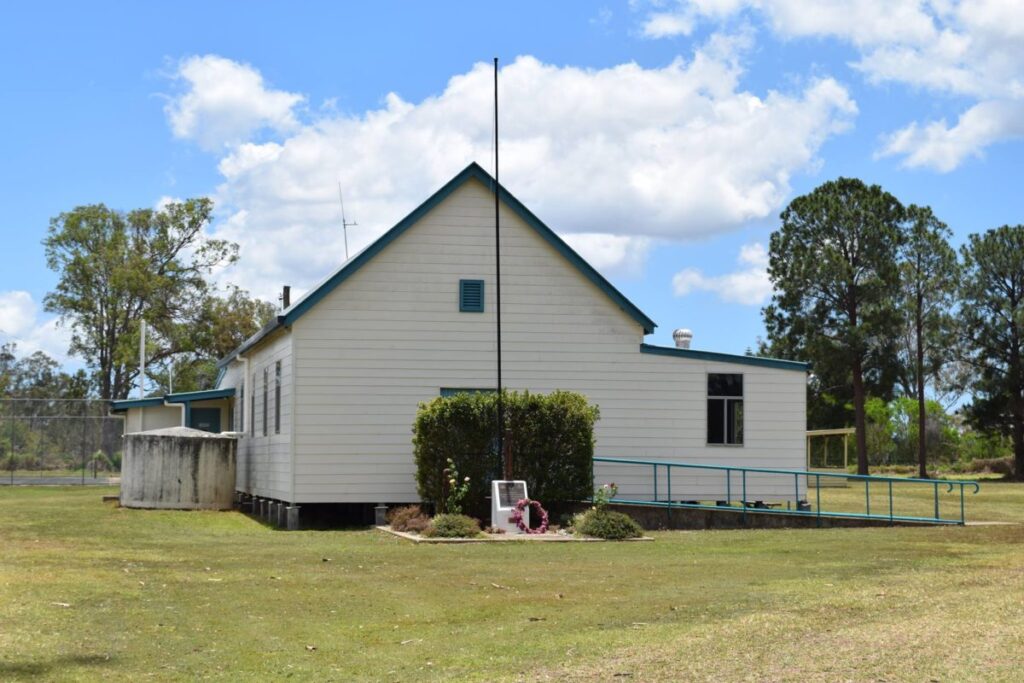
The Bucca Hall has been providing the community with a large space to meet for just shy of 120 years.
Established in 1906, the hall came about more than a decade after the settlement of the Bucca district in the 1880s.
It was preceded by the development of the Invicta sugar mill in 1895 and the first school in 1890.
As highlighted in Bundaberg Regional Council’s Local Heritage Places, Bucca Hall was established under the direction of a building committee which oversaw its construction and the tender for its erection.
The land on which the hall is located was originally a holding and landing reserve, presumably associated with the nearby Bucca Crossing.
It was then gazetted as a recreational reserve.
Pressure lamps, probably using kerosene, were installed in 1923 and the hall was converted to electricity in 1955.
A kitchen, ladies’ room and verandah – which was eventually closed in – were added to the hall and the hall extended over its lifetime.
The hall, as with most public spaces, became the focal point of community and cultural activities.
It was used for church services and Sunday School as well as dances and picture shows.
The grounds of the hall also became a sporting venue.
Football was played from the 1920s until World War II, as well as cricket, tennis and annual athletics events.
The sporting events drew teams from surrounding districts, including Bucca, Yandaran, Avondale, Invicta and Rosedale.
The gazettal of the recreation reserve and the opening of the hall clearly marked a watershed in the development of the Bucca community and further illustrated the significance of the Invicta sugar mill to the economic prosperity and development of the district.
Honour Boards for the district’s soldiers from World War I and II were installed in the front of the hall.
Bucca Hall is located on the southern side of the Kolan River on a 2.6 hectares triangular block.
It is bordered by the Bucca Crossing Road in the east, Longs Road in the south and farmland to the west.
Bucca Hall is important in demonstrating the evolution of the region’s history.
The hall reflects the closer settlement of the Bucca district and its growing population at the time the hall was constructed, stimulated in particular by the importance of the nearby Invicta sugar mill.
The hall also demonstrates the pattern of the region’s history, particularly the establishment of community halls in rural communities as focal point for social and cultural activities.
More history news: History of the Apple Tree Creek Cemetery





so what has happened to the Landsborough Brothers in all this. also Tooth may have had a finger in the pie. for a few hundred dollars, you can obtain all the old land records back to the mid 1850 era. you could also get your hands on the land sale records conducted by the Lands Office. most interesting when you get into all these records and only a few people would now follow all this. as a gazette is mentioned, you know all the land sales etc appears in these records, as well as newspapers.